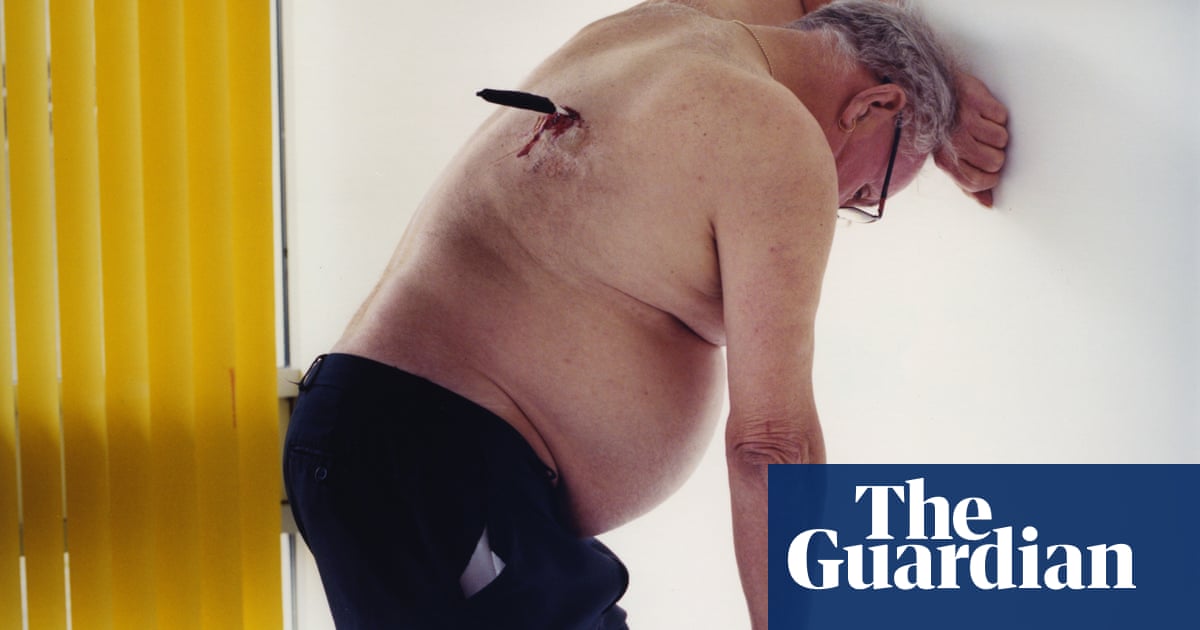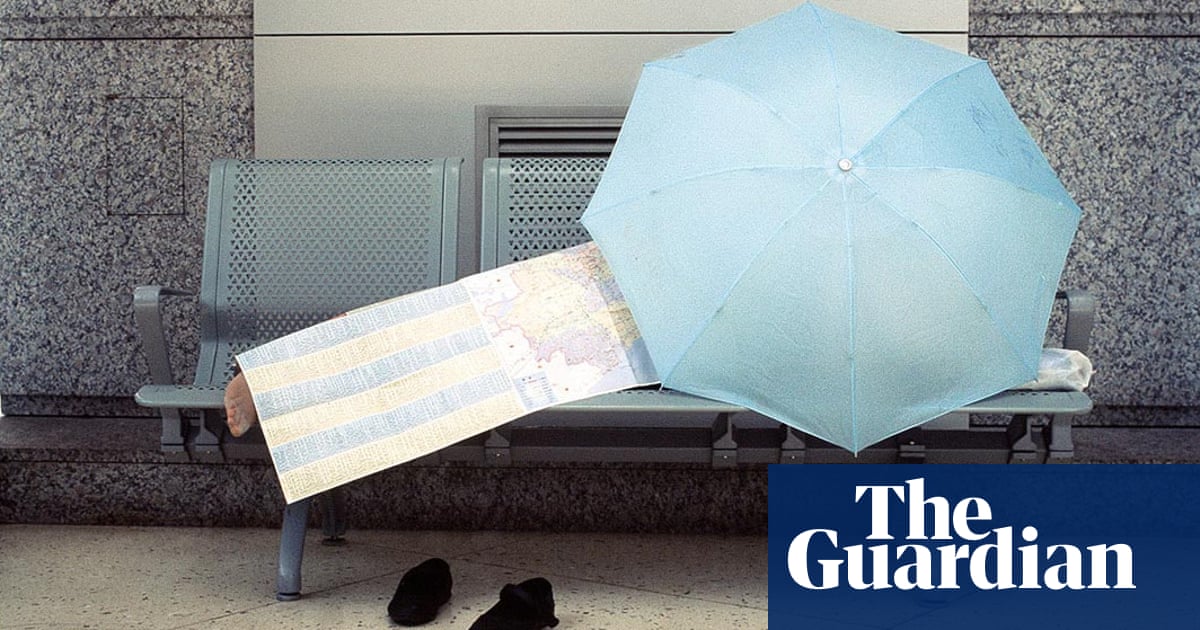
met Ana in a bar in El Raval, Barcelona, in 2003. I am from Naples and had just arrived in the city after a decade living in London. I had that energy you get when you’re in a new place and everything is a surprise. When I saw Ana, I felt compelled to photograph her.
El Raval used to be called the Barrio Chino, the Chinese quarter. It’s a slightly edgy part of town, with people from all over the world and a 24-hour city life. You can buy your milk at midnight in the corner shops. El Raval is always alive.
When I’m out and somebody grabs my attention visually, I don’t find it difficult to ask if I can take their portrait. Fortunately, Ana works in theatre and is used to people asking her to pose. “You’re lucky,” she said. “I don’t always say yes.” At the time, I wasn’t aware that her striking looks were in part because she has albinism. Once someone is in front of my camera, they are simply, and wonderfully, just a person, whatever their condition, race, or cultural background.
We fixed a date for the shoot and she came to my apartment. It was a cloudy day. I set up a flash on my terrace, and decided to use a fan to create movement with her hair. With age and maturity, I have begun to include more context in the portraits I shoot. But at the time, any element of background or context I included was just a way of emphasising the feelings the sitter aroused in me. I had in mind Piero della Francesca, Bellini and Vermeer, painters who would place their subjects in the foreground so they filled the frame.
I work intuitively. I like to give my subjects freedom to just be. I don’t really style them other than to request fairly neutral clothing, and Ana has a great look anyway. She brought a couple of different tops to wear, and always wears that shade of lipstick.
I want my sitters to loosen up and forget about the camera, so it helps that I shoot with a Hasselblad – a bulky medium format camera – because they often don’t recognise the equipment. “Are you actually shooting?” they’ll ask. The weather, the tension in that sky, was serendipitous. I didn’t have a clear image of what I wanted, but I knew I wanted to capture what I’d felt when I first saw Ana. She exudes a beauty of a different kind, a certain isolation, this sense of being an outsider. That reflected the way I felt too at the time.
As a consequence of meeting Ana, I went on to do a whole series on albinism. Difference fascinates me. Of course, in Spain and the rest of Europe people with albinism are not discriminated against in the way they are in other parts of the world, where they can face terrible treatment.
I wanted to focus on portraiture, not on the problems people with albinism can face, but on their beauty. I think of it as a sublime beauty, because it comes from pain, from suffering, and from acceptance as well. That is where the poetry in this image lies – in the endurance and peacefulness. Ana appears comfortable with herself. That, to me, is very beautiful.
As I learned about albinism, I changed my photography. I stopped using a flash, because it can be really bothersome for the eyes of people with the condition. And I eliminated all sense of drama in my images, because it felt disrespectful. Ana and I meet in the street sometimes, but we have not worked together since. As with all my images, this portrait was like a stolen hug, a fleeting moment.
Paola de Grenet’s CV
Born: Milan, 1971.
Trained: Graphic design at Camberwell College of Arts, London.
Influences: Nadav Kander, Diane Arbus, Hellen van Meene, Sally Mann, and also painters – from Leonardo da Vinci and Vermeer to Basquiat, Picasso and Frida Kahlo.
High point: “I can make do with very little and find limitation stimulating.”
Low point: “I am not a good salesperson. I struggle with gaining enough emotional distance from my work to target the right clients.”
Top tip: “Trust your instinct.”
See more work on paoladegrenet.com.












